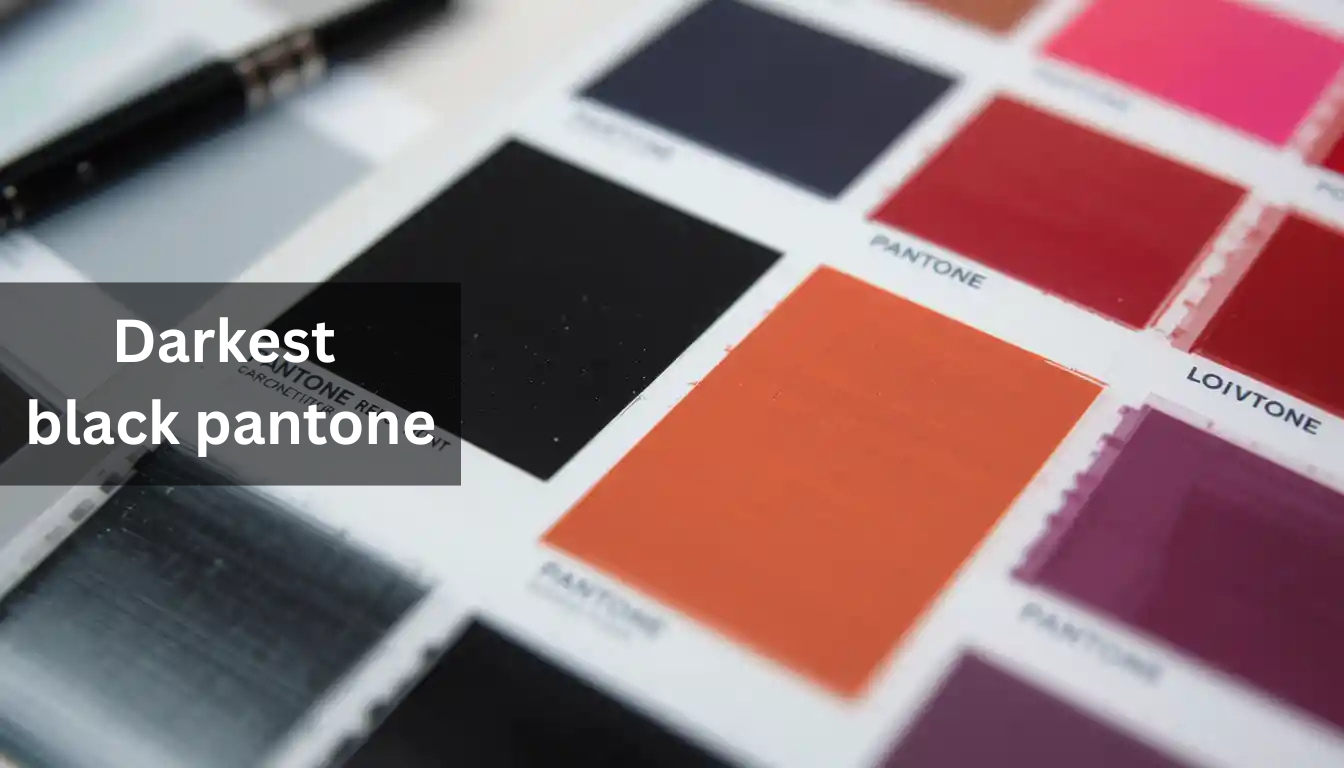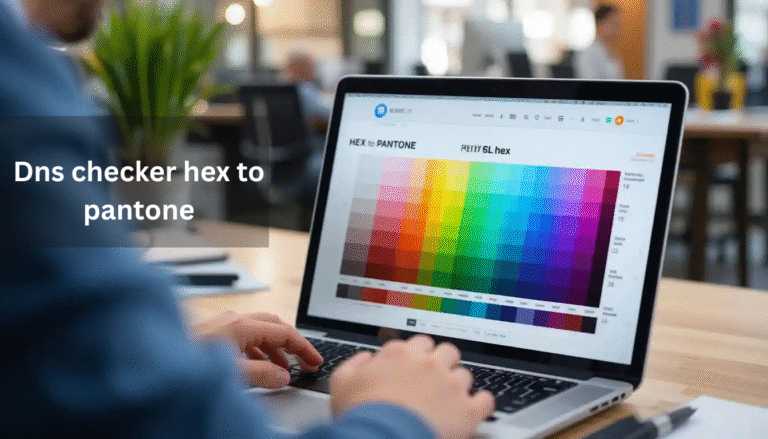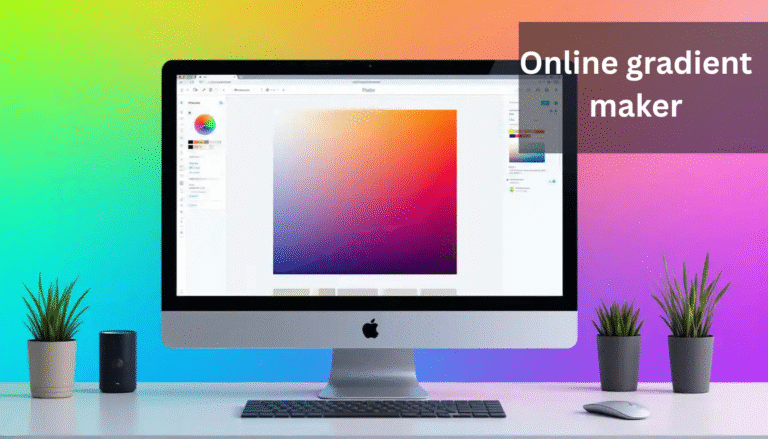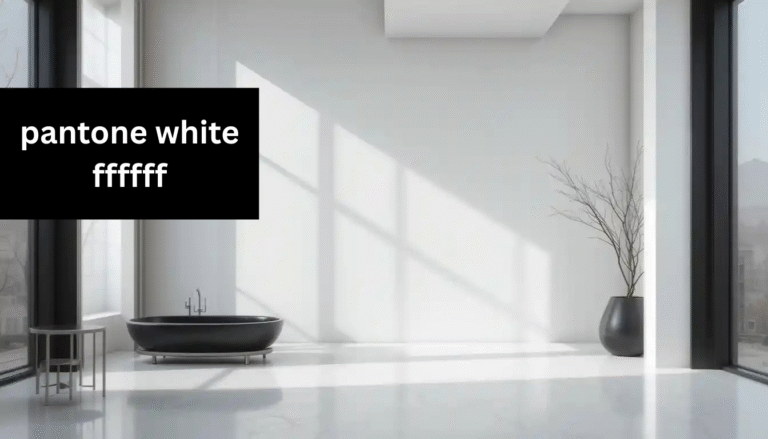When it comes to color psychology and visual impact, black stands as one of the most powerful shades. Whether it’s used in fashion, graphic design, automotive finishes, or interior decor, black represents elegance, sophistication, and depth. But not all blacks are created equal. A topic that has stirred curiosity among designers and creators for years. What is the darkest black Pantone code? How does it compare to other blacks? Let’s dive into the inky depths of this mysterious hue.
What Is Pantone and Why Does It Matter?
Before we explore , it’s essential to understand what Pantone is. The Pantone Matching System (PMS) is a standardized color reproduction system widely used in various industries, including printing, fashion, and product design. It helps ensure that colors remain consistent across different mediums and manufacturers. Each Pantone color is assigned a unique number and code, making it easy to replicate.
Defining the Darkest Black Pantone Color
While black may seem like a simple, flat color, there are actually many variations. The color available is Pantone Black 6 C. This shade is deeper and more saturated than the standard Pantone Black C, making it ideal for projects that demand a dramatic, ultra-dark finish.
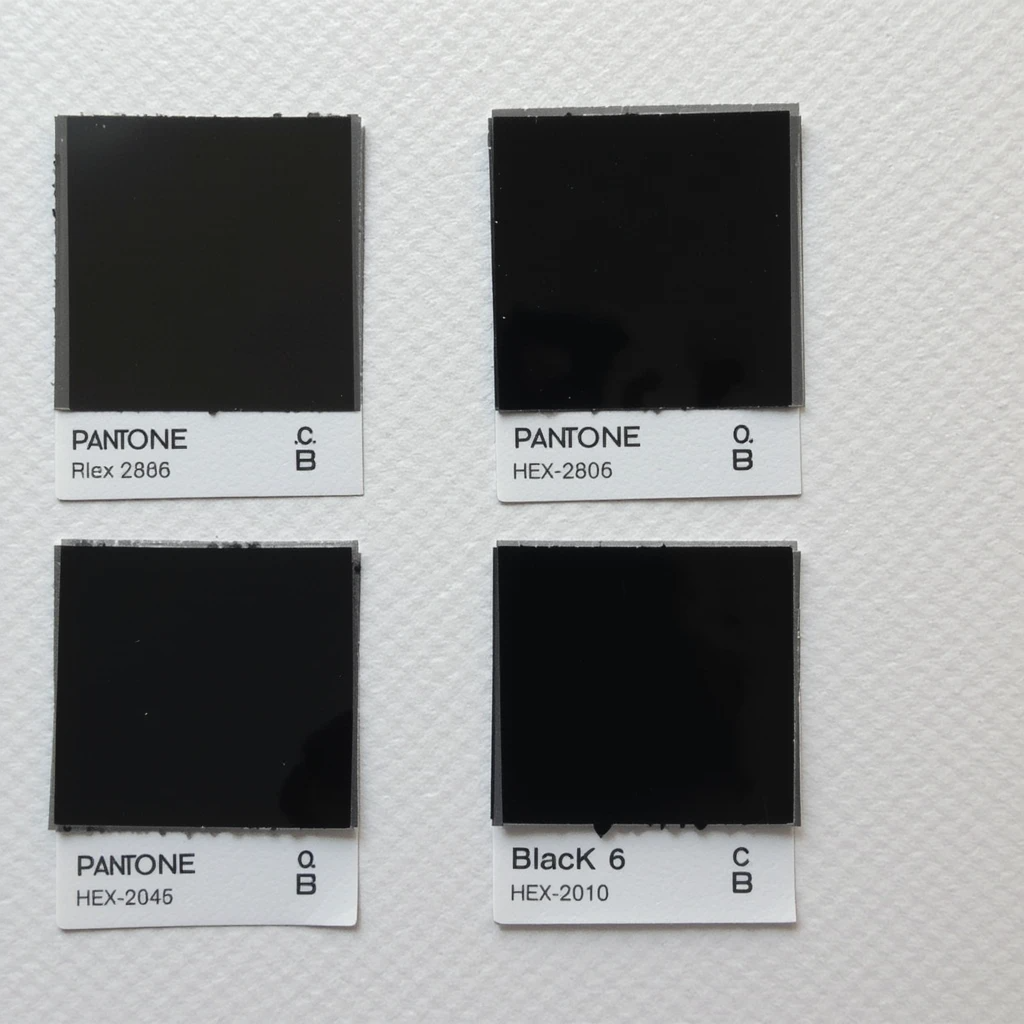
- Darkest Black Pantone Code: Black 6 C
- Darkest Black Pantone Number: Black 6 C
- Darkest Black Pantone TCX: 19-4006 TCX
- Darkest Black Pantone Color Code: #101820 (approximation for digital use)
Pantone Black 6 C is often referred to as the blackest black in the Pantone library, and it is widely used in high-contrast, premium designs.
Dark Black vs. Standard Black: What’s the Difference?
You might wonder how dark black differs from other standard Pantone blacks. Here are a few distinctions:
- Pantone Black C: This is the standard black in the Pantone system. While rich and deep, it is slightly lighter than Pantone Black 6 C.
- Pantone Black 6 C: The color, providing maximum depth and minimal reflectivity.
- Pantone Black 2 C: Contains a blue undertone, giving it a cooler appearance.
Comparison Table:
| Pantone Name | Color Code | Appearance |
| Black C | #2D2926 | Standard deep black |
| Black 6 C | #101820 | Darkest black Pantone |
| Black 2 C | #1C1C1C | Dark black with blue tint |
Applications of the Darkest Black Pantone Color
The color has become increasingly popular across industries. Here are some common uses:
1. Fashion and Textiles
- This clothes are often used in luxury collections and high-fashion apparel. The deep hue adds a sleek, timeless look.
- The dark black Pantone TCX standard ensures textile manufacturers get color consistency across different fabrics.
2. Graphic and Web Design
- Designers use the color in branding, logos, and backgrounds to create bold visual statements.
- It pairs well with metallics and bright accent colors for high contrast.
3. Interior Design
- It paint is favored in modern interior aesthetics, especially in feature walls, furniture, and minimalistic themes.
- Offers a clean, polished look when used in matte or satin finishes.
4. Automotive and Industrial Design
- Automotive designers opt for blackest black Pantone TCX finishes to achieve a futuristic or luxurious feel.
- Industrial designers use the color to evoke strength and durability.
Why Choose the Darkest Black Pantone?
Here are a few reasons professionals and creatives prefer this particular shade:
- Visual Impact: It provides unparalleled contrast.
- Versatility: It works across digital, print, fabric, and paint mediums.
- Professional Appeal: Conveys sophistication and authority.
- Consistency: The Pantone system ensures the same rich black every time.
Tips for Using the Darkest Black Pantone Effectively
Want to make the most of this powerful color? Consider the following:
- Pair with Light Colors: Use white, silver, or pastel tones for dramatic contrast.
- Use Matte Finishes: Especially in print or paint, matte enhances the richness of the dark black Pantone color.
- Mind the Material: Colors may look different on fabric vs. metal or paper. Always test on your medium.
Notable Mentions: Other Dark Black Pantone Codes
Though Black 6 C is the go-to, these are also considered dark black options:
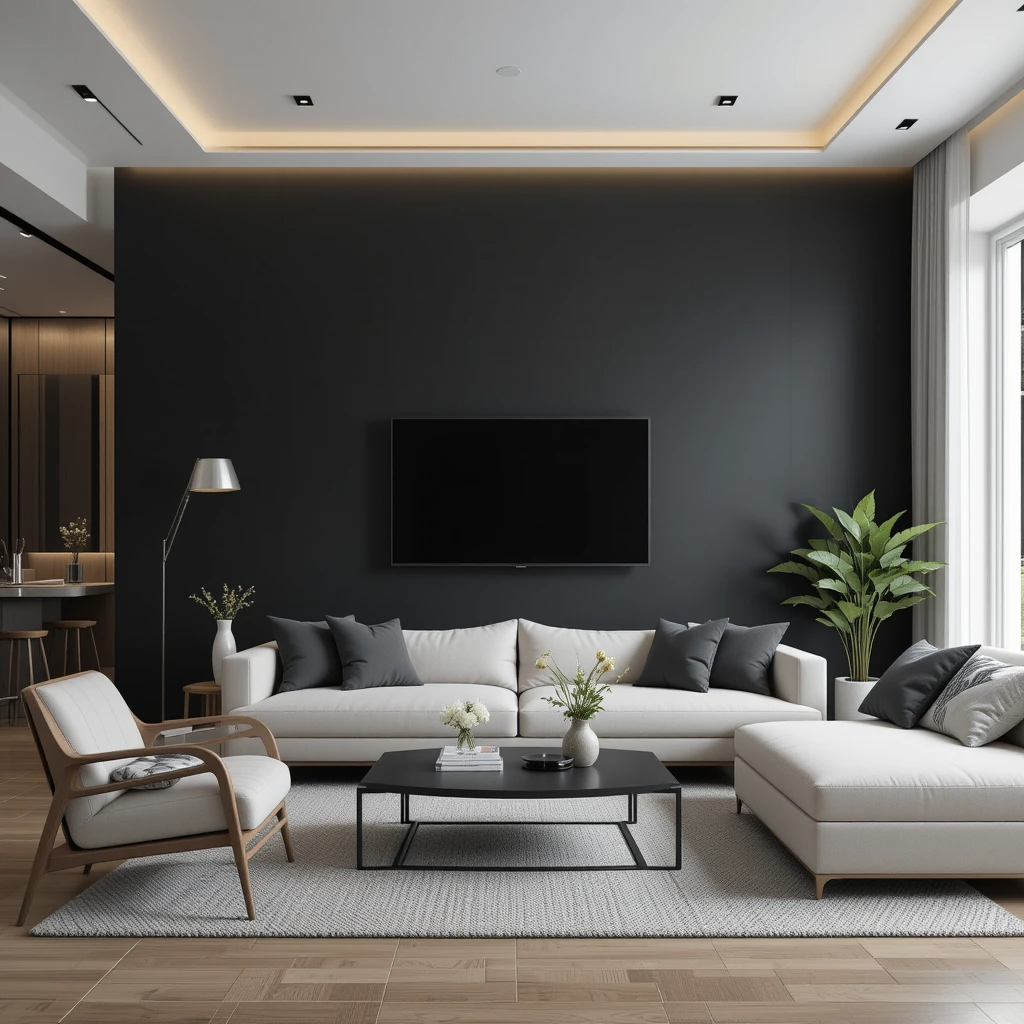
- Pantone 419 C: Near-jet black, great for textiles.
- Pantone 426 C: A rich, dark black with a hint of warmth.
- Pantone 433 C: Very dark blue-black, ideal for subtle backgrounds.
Each has its own dark black Pantone number and unique applications, so choose based on your design needs.
Frequently Asked Questions
What is the darkest black Pantone?
This is Pantone Black 6 C, known for its rich depth and intense darkness.
Is there a Pantone code for blackest black in textiles?
Yes, Pantone 19-4006 TCX is used in textiles and offers the deepest black tone in the TCX range.
Can I use the darkest black Pantone in digital design?
Absolutely. Use HEX code #101820 for a close digital match to Pantone Black 6 C.
What makes Pantone Black 6 C darker than others?
It contains less reflectivity and more pigment, giving it a deeper, richer appearance than standard blacks.
Is the darkest black Pantone good for branding?
Yes, it’s ideal for luxury or bold brands looking for a sleek, modern identity.
Where can I find the darkest black Pantone paint?
Look for suppliers offering Pantone color-matched paints and request Black 6 C for interiors or exteriors.
Does Pantone offer other dark black shades?
Yes, shades like Pantone 419 C and Pantone 426 C are also very dark and offer different undertones.
Can I use the darkest black Pantone on clothing?
Definitely. It’s widely used in fashion, particularly with Pantone 19-4006 TCX for consistent fabric dyeing.
Is Pantone Black 6 C darker than Pantone Black C?
Yes, Black 6 C is more saturated and visually deeper than the standard Pantone Black C.
Is the darkest black Pantone the same as Vantablack?
No, Vantablack is a specialized material, while Pantone Black 6 C is a standard color used in design.
Final Thoughts:
From runways to retail packaging, the darkest black Pantone makes a bold statement wherever it appears. With its unmatched depth, versatility, and consistency, it remains a favorite among designers who aim to convey elegance, power, and modernity.
